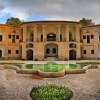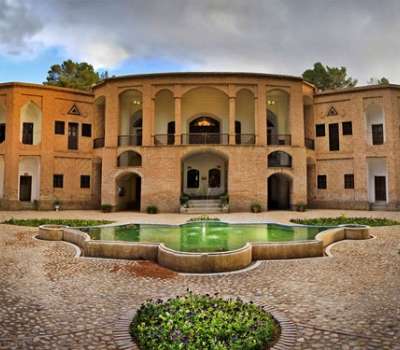
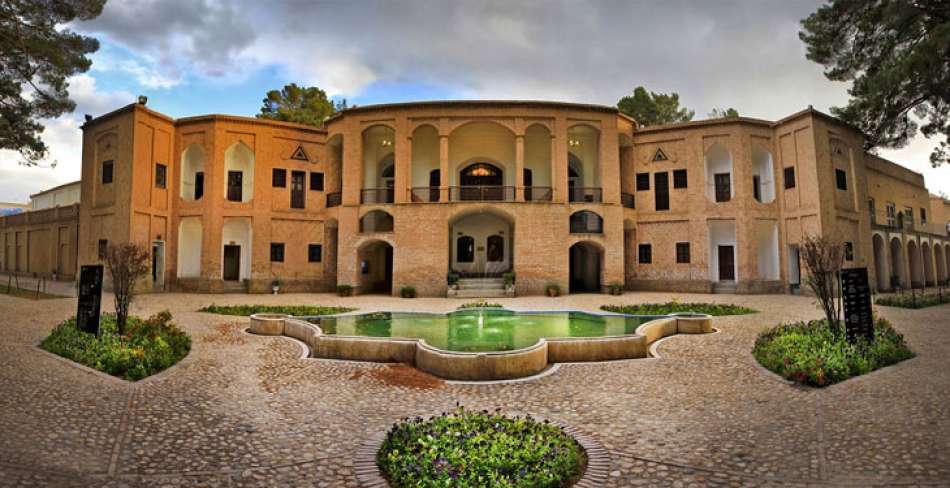
Iran is the land of history and there are numerous monuments to visit. One kind of these monuments are gardens which are not only lush green but also of historical and architectural importance because of the building in the garden. The word garden in ancient Persian is called paradise which means a garden surrounded by the walls. Persian gardens share elements that have made them unique in the world. Some of these unique elements in terms of structure are:
1. A stream of water, pools, and fountains in the garden;
2. surrounded by tall walls;
3. mansions used as a promenade or residence in the summer.

The advent of Persian Gardens is connected with water and due to the important role of water in the formation of Persian gardens, they usually were formed along with the Qanats (an underground tunnel transports water), especially those in desert areas such as the gardens in Yazd, Birjand, Kerman etc. The Persian gardens are so remarkable that nine of them, locating in the different climate conditions of Iran, were in UNESCO world Heritage list in 2011. These gardens date back to different periods from 6th century BC when great Cyrus established his capital in Pasargadae.
Here, we intend to review these nine Persian gardens below:
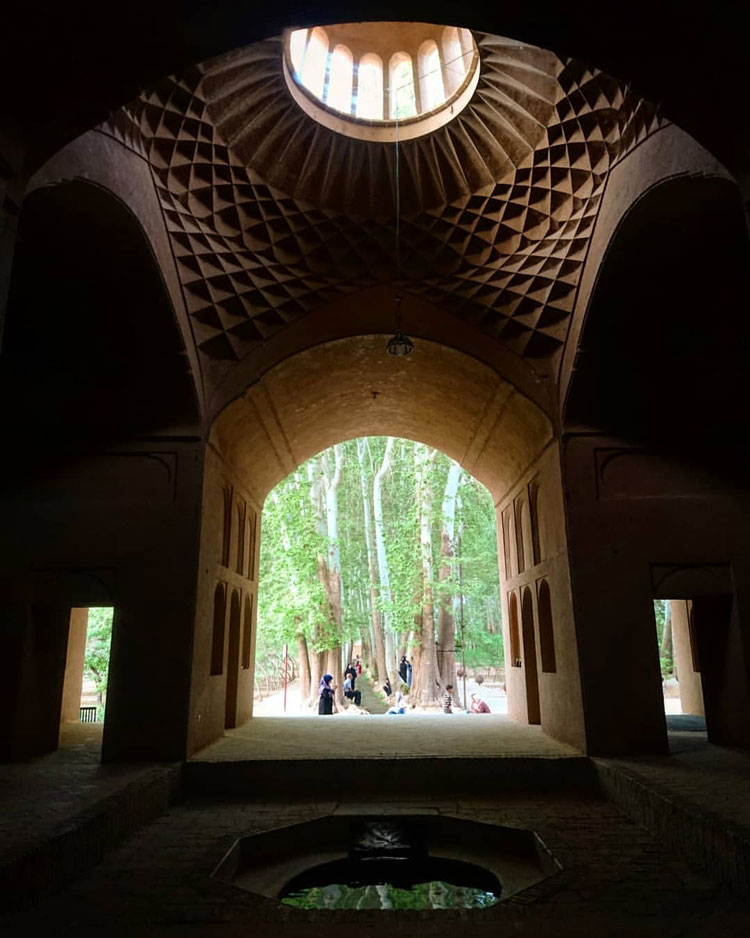
1. Ancient Garden of Pasargadae
Cyrus the Great’s garden situated in his capital at Pasargadae is regarded as the oldest Persian garden. It included two small pavilions between which water channels were located and the space was full of trees. Actually, The Cyrus the Great is considered as the one who ordered the design and construction of the Garden of Pasargadae and the first founder of Persian gardens with their all detailed architecture. Today, the stone layout, watercourses, and the pools are just left from Bagh-e Pasargadae.
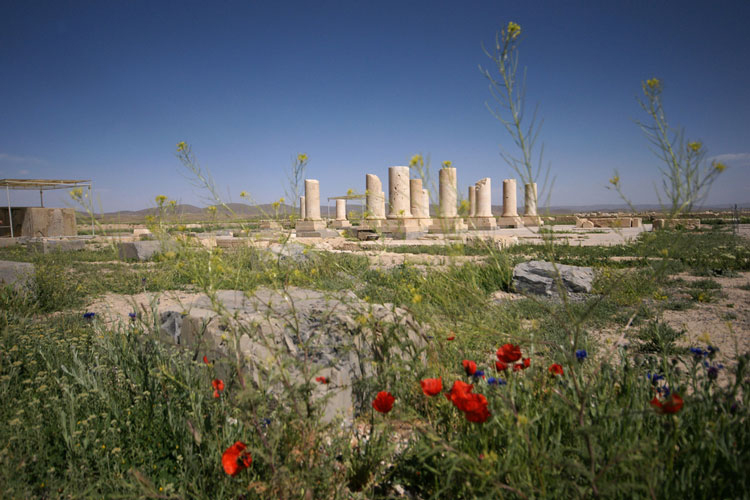
2. Eram Garden
Eram Garden or Bagh-e Eram is located in Shiraz. It includes all features of Persian gardens such as an old three-floor pavilion in the center constructed in the architectural style of the Zandy period, a pool, water stream through the garden etc. Due to the existence of various plants and trees, today Eram Garden is considered as the botanical center run by the Department of Biology of Shiraz University. One of the attractive features of Eram Garden is a beautiful 200-year-old cypress tree, known as Sarv-e- Naz. The exact date of Eram Garden construction is not clear but historical evidences show that it dates back to the Seljuq dynasty. The current situation of the Eram Garden is owed to the changes made by Karim Khan Zand. The building was reconstructed in Qajar era in qajari architectural style and it is regarded as a masterpiece of the of Qajar era regarding its architecture, paintings, tile works etc.
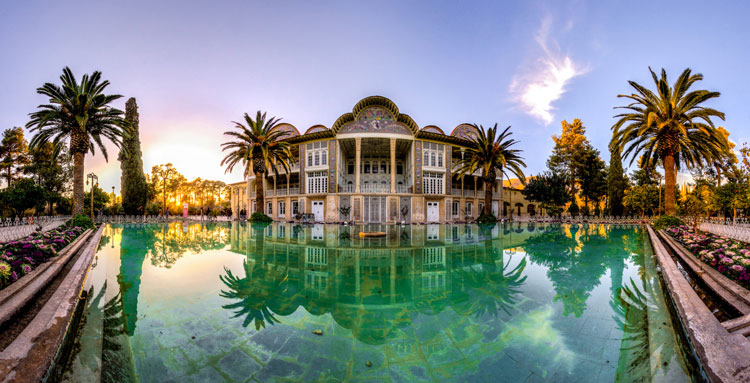
Click to read about top things to see in Shiraz.
3. Chehel Sotoun Garden
The Chehel Sotun Garden is located in Isfahan. Chehel Sotoun means forty columns in Persian. Chehel Sotoun Garden homes a palace in the middle of a large garden. There are twenty main columns in the entrance of the building of the palace and the twenty other columns are the reflection of them in the pool located in front of the building. Shah Abbas the Great built Chehel Sotoon Garden, a large garden with a great royal pavilion in the middle decorated with stunning paintings, then Shah Abbas II added some changes to it. Chel Sotoun Garden includes three entrances and the oldest one which is the main one is situated in the east side of the garden. Bagh-e Chehel Sotoun displays the art and the architecture style of the Safavid era.

Click to read about other top places to visit in Isfahan.
4. Fin Garden
The glorious Fin Garden is located in the village of Fin in Kashan surrounded by a desert area. Bagh-e Fin-e Kashan was constructed by Shah Abbas I; however, some evidences indicate that it dates back to Buyid dynasty. It was rebuilt by the Fath Ali Shah, a Qajar King. Fin Garden has all the elements of Iranian gardens, a mansion and a pool situating in the middle of the garden. It resembles to Shazdeh Garden in Mahan. Bagh-e Fin Garden includes a Qajari mansion, a shahneshin added to the garden after Safavid period, two bathhouses or Hammams: the small one dating back to the Safavid era and the big one to Qajar period, as well as a stream of water through the garden, many fountains, etc. Fin Garden is the place where Amir Kabir, a Qajari prime minister, was murdered with order of by Naser al-Din Shah, the Qajar king, in the small bathhouse of the garden in 1852. Fin Garden attracts a lots of Iranian and international tourists every year.

5. Abbas Abad Garden
The historical complex of Abbas Abad garden is located in Behshahr on the foothills of Alborz mountains, it is the only non-desert Persian garden listed as a UNESCO world heritage site. Abbas Abad Garden was built in the Safavid era by Shah Abbas I. in order to be used as a promenade. The garden was named Abbas Abad after the constructions by Shah Abbas I. in this region. Abbas Abad Garden includes a dam, a lake, a garden, a bath, a water mill and two brick towers, and a building just in the middle of the lake. The interesting point about the building is that when the water level goes down, the building which is in a shape of a cube can be used for leisure in the middle of the water and when the water level goes up and the building goes beneath the water to roof, the roof looks like an island in the middle of the water.
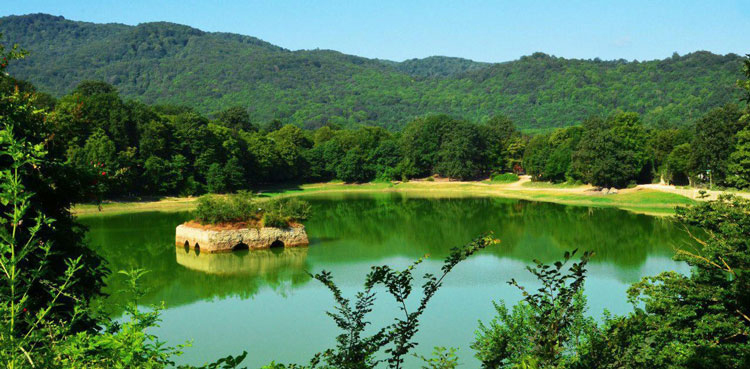
6. Shazdeh Garden
Shazdeh Garden, located in Mahan in Kerman Province, dates back to the Qajar dynasty. It was firstly founded by Mohammad Hasan Khan Qajar. Then Abdul Hamid Mirza Nasir al Doleh set to finish the garden; however, the construction remained incomplete because of his death. There is a narration about it; as the ruler was a ruthless one, when the architect heard about his death, he happily threw a piece of tile to the wall and without finishing the work, left it. Today, the empty space of the tiles on the portal of the garden refers to this event. Shazdeh Garden is in a rectangular form surrounded with a wall. The interesting point about Shazdeh Garden is its location, while the surrounding area is in a desert climate, Bagh-e Shazdeh enjoys nice and amazing weather due to the tall trees in the garden and the stream of water passing through the garden. It is like a piece of jewelry on a ring in the heart of desert. Similar to the other Persian Gardens, Shazdeh Garden includes a two-floor residential palace, a pool and fountains, and lush green trees.
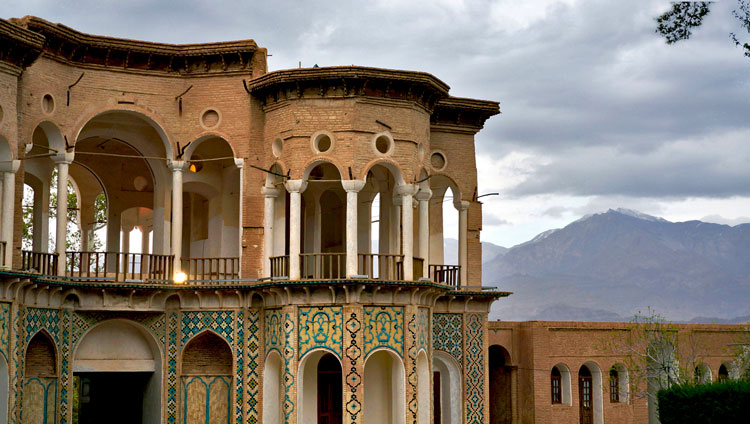
7. Dolat Abad Garden
Dolat Abad Garden dates back to the Afshari era in 18th century. It is constructed by the Mohammad Taqi Khan Bafqi. The design of Dolat Abad Garden follows the architectural style of Persian gardens including a two-floor pavilion, some long pools, large gardens full of tall trees and plants, and etc. The most important point about Dolat Abad Garden is its wind tower, the highest adobe badgir in the world with over 33 meters hieght. The water of garden is supplied by the qanat with the same name, Dolat Abad Qanat, and the length of 65 km passing from Mehriz to Dolat Abad Garden. The interesting point is that for building the garden, Mohammad Taqi Khan ordered to make a Qanat to the location of the garden and then built the garden over the qanat. Bagh-e Dolat Abad attracts a lots of the Iranian and foreign tourists traveling to
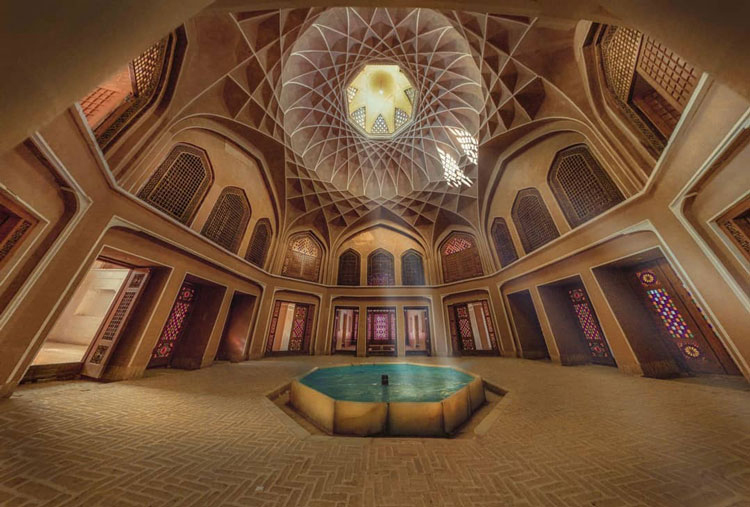
Iran. Click to read more about Dolat Abad Garden.
8. Mehriz Pahvalanpour Garden
Pahlavanpour Garden belonged to Ali Pahlavanpur, one of the famous merchants of Yazd. The garden dates back to the Qajari era. Mehriz Pahlavanpur Garden includes an entrance complex, a pavilion or a pantry located in the center of the garden, a winter house built in the Pahlavi era, a caretakers’ building, a bathroom and aKitchen. The entrance complex consists of a tower, a stable, and a haystack built during Qajar era decorated in Zandy architectural style. The pavilion was constructed in two mezzanines consisting of a spring house, a hall, and earrings. The water passing through the Pahlavanpour Garden originates from Hassan Abad Qanat. Pahlavanpour Garden is a popular destination for Iranian and international tourists travelling to Yazd.
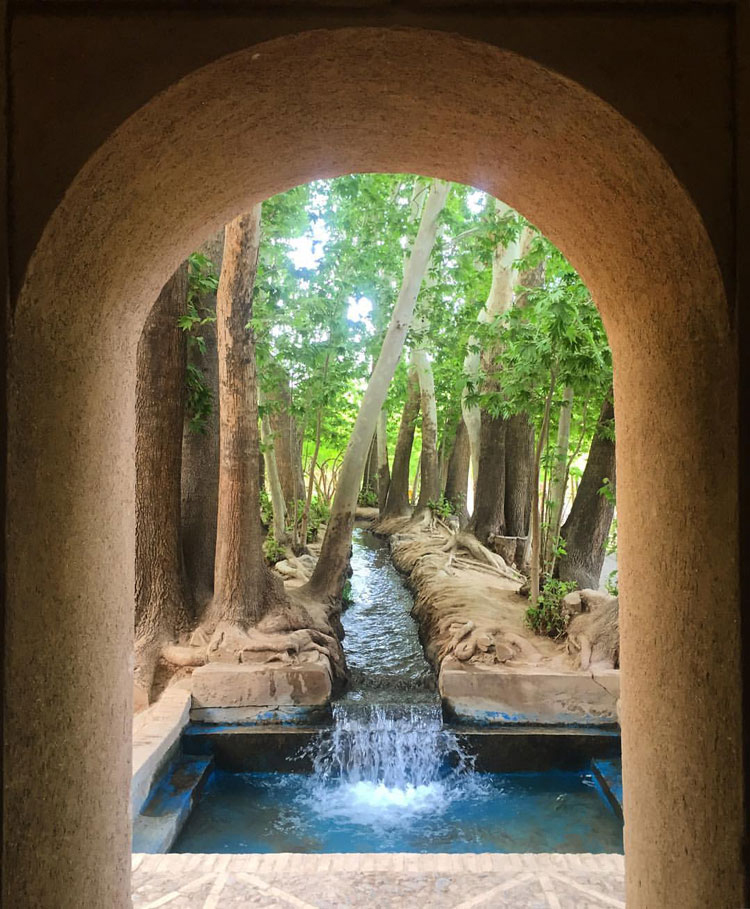
Click to read about Pahlavanpour Garden in details.
9. Akbarieh Garden
Akbarieh Garden is situated in a village with the same name near Birjand in South Khorasan Province in east of Iran. Similar to the other Persian gardens, it was built based on the traditional Iranian garden model called chahar bagh. According to historical evidences, Akbarieh Garden dates back to late Zandy era and early Qajar period. Akbarieh Historical Building and Garden includes some old mansions, the oldest one possessed by Heshmat al-Molk was built in Zandy era in two floors. The first floor connects the main garden, the southern garden and the stable to each other. The central two-story mansion, built in the Qajar era, which is located in the west part of the complex was used for formal ceremonies and guests. There are tall trees on both sides of the garden. Today, different parts of Akbariye Garden are used for various purposes such as library, archaeology and anthropology museum, etc.
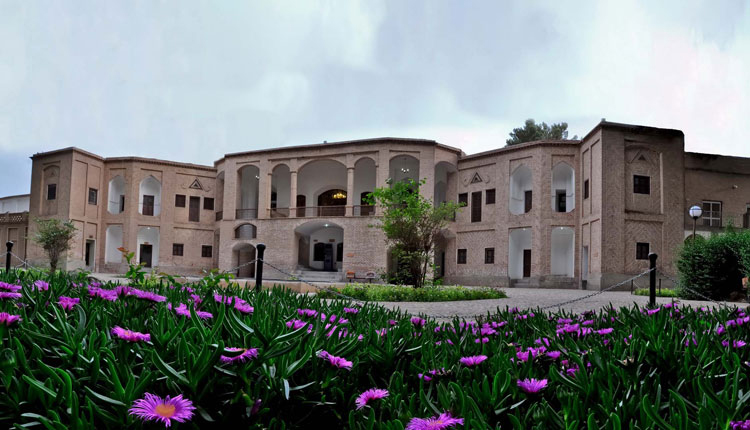
At the end it is important to be mentioned that Iranian garden pattern (Chahar Bagh) was not only used in Iran, but also it had a great influence on the all territories of the great Iranian civilization and Persian language spoken countries. e.g. Homayoun Tomb or Taj Mahal in India.























